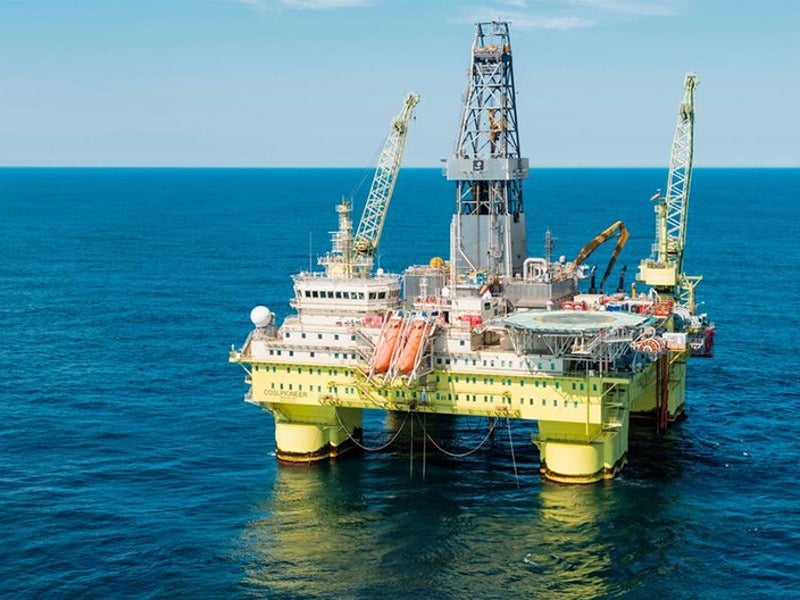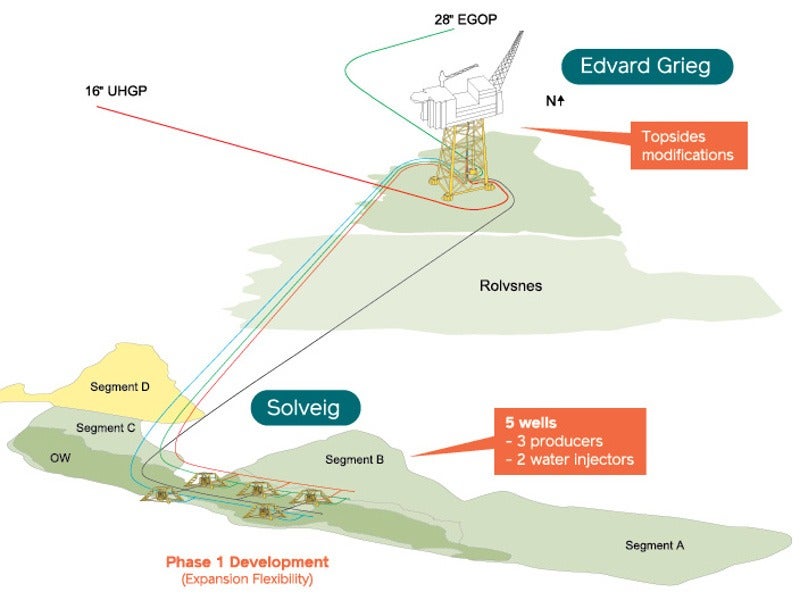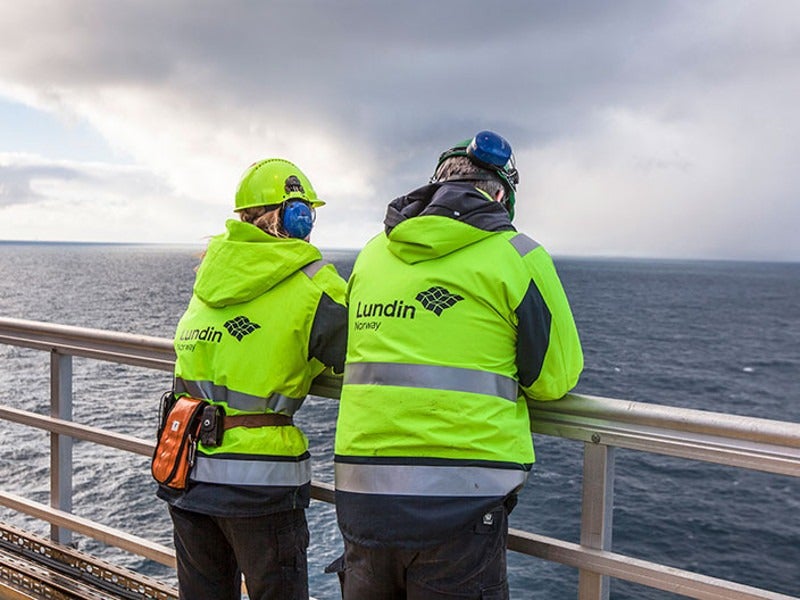Solveig oil field (formerly the Luno II oil field), is planned to be developed as a satellite field to the Edvard Grieg field located in North Sea, Norway.
The Edvard Grieg field located in block PL338 of the Norwegian North Sea has been in production since November 2015, whereas the Solveig field is located in block PL359.
Lundin Norway, a wholly-owned subsidiary of Lundin Petroleum, is the operator and holds 65% interest in both the blocks. The remaining interests are owned by OMV (20%) and Wintershall (15%).
Estimated to cost $810m, Solveig will be the first sub-sea tie-back development in the Greater Edvard Grieg Area.
The phase one of the Solveig oil field development project targets an estimated 57 million barrels of oil-equivalent (Mboe) of recoverable oil and gas reserves in place.
Key contracts for the project were awarded in 2019, while first oil is expected in the first quarter of 2021.
Solveig oil field location, discovery and appraisal
The Solveig oil field is located in 100m-deep waters in the Utsira High area of the Norwegian North Sea, approximately 15km south of the Edvard Grieg field.
The offshore oil field was discovered by the 16/5-6 S discovery well in April 2013. Drilled to a depth of 2,233m, the 16/5-6 S well encountered a 40m oil column with a small gas cap in sandstones of the Triassic age.
Further, a drill stem test conducted on the well resulted in a flow of 271m3 of oil and 53,900m3 of gas a day.
The Solveig discovery was appraised by 16/4-8 S, 16/4-9 S, and 16/4-11apprisal wells in 2014, 2015, and 2018, respectively.
The 16/4-8 S well, which was drilled 4km south-east of the 16/5-6 S well, witnessed flow of 450 barrels of oil a day, while the 16/4-9 S well located north-west of the discovery well encountered a 23m gross oil column in the Triassic sandstones.
The discovery well as well as the first and second appraisal wells were drilled using the Bredford Dolphin drilling rig, whereas the third appraisal well 16/4-11 was drilled approximately 2.5km south of the discovery well using the COSL Innovator semi-submersible drilling rig in March 2018.
The 16/4-11 appraisal well encountered a 20m oil column in the Triassic sandstones, further confirming the reservoir productivity.
Solveig oil field development details
The project partners submitted the plan for development and operation (PDO) of the Solveig oil field to the Norwegian Petroleum Directorate in March 2019.
The development involves the tie-back of five wells, including three oil producer wells and two water injector wells, with the Edvard Grieg platform.
The Solveig field is expected to produce 30,000 barrels of oil-equivalent a day (boed), in its phase one development.
The Edvard Grieg platform, to which ten producer wells and four injector wells are tied-back, has been in operation since November 2015. The platform will be modified to accommodate the new tie-back.
The oil produced from the field will be exported via the Edvard Grieg platform to the Sture oil terminal in Hordaland County, Norway, through the existing Grane oil pipeline, while the gas will be exported to the UK through the Scottish Area Gas Evacuation (SAGE) pipeline.
Contractors involved
Rosenberg WorleyParsons was contracted to modify the Edvard Grieg platform in March 2019.
TechnipFMC was awarded the engineering, procurement, construction and installation (EPCI) contract for the subsea system for the Solveig oil field development in March 2019.
Northern Drilling was contracted to carry out drilling work using its high specification, dual-capability semi-submersible rig West Bollsta in February 2019.





